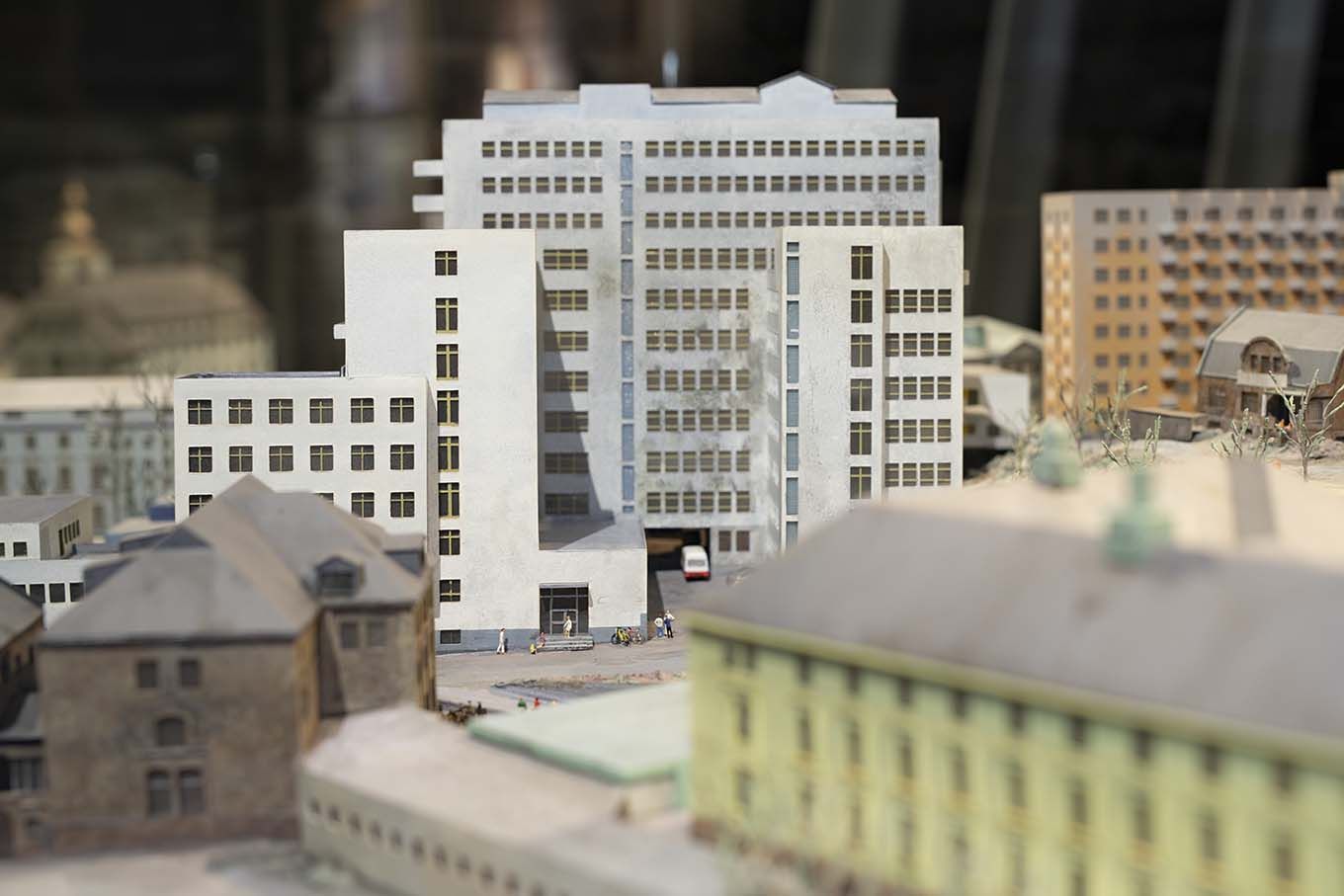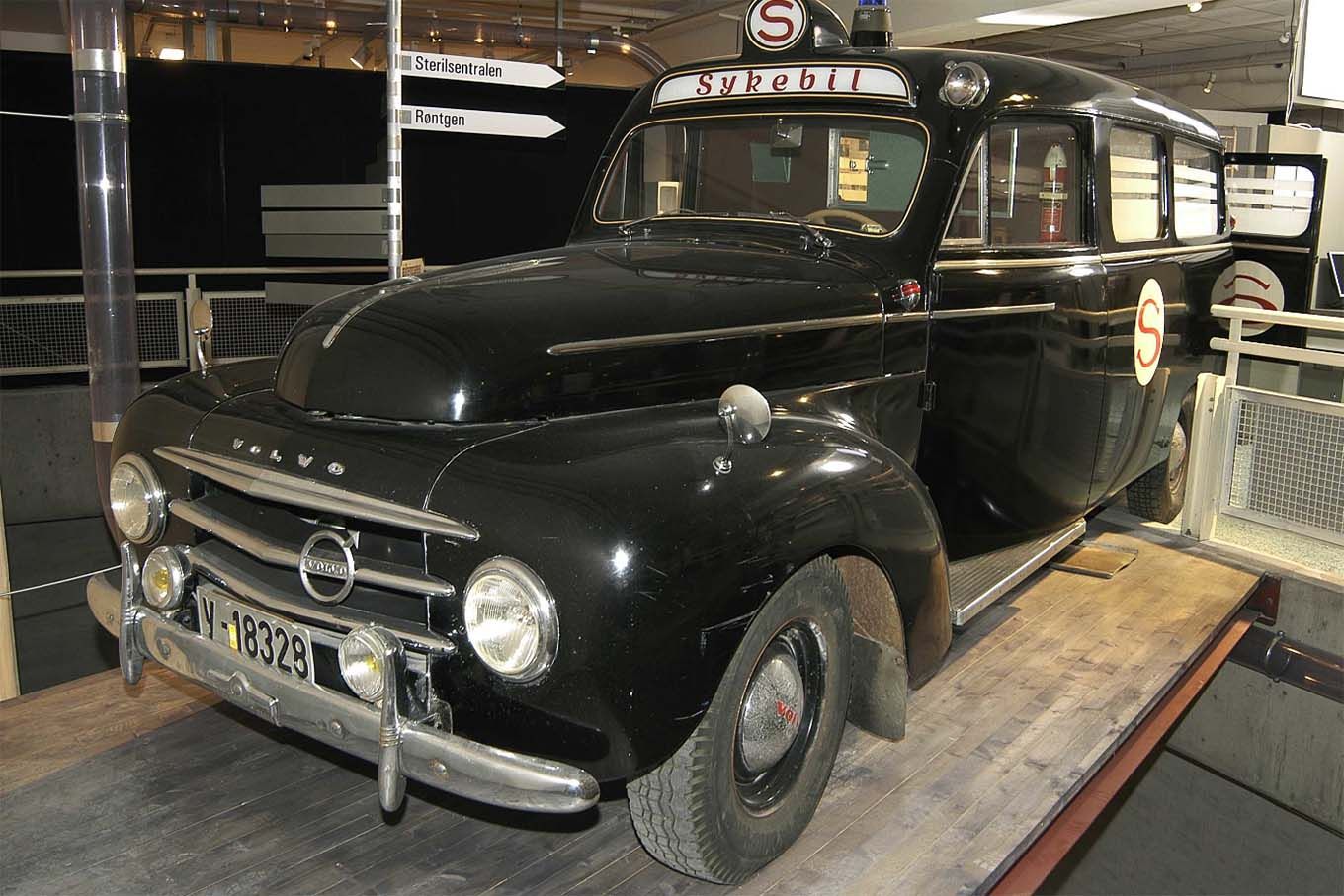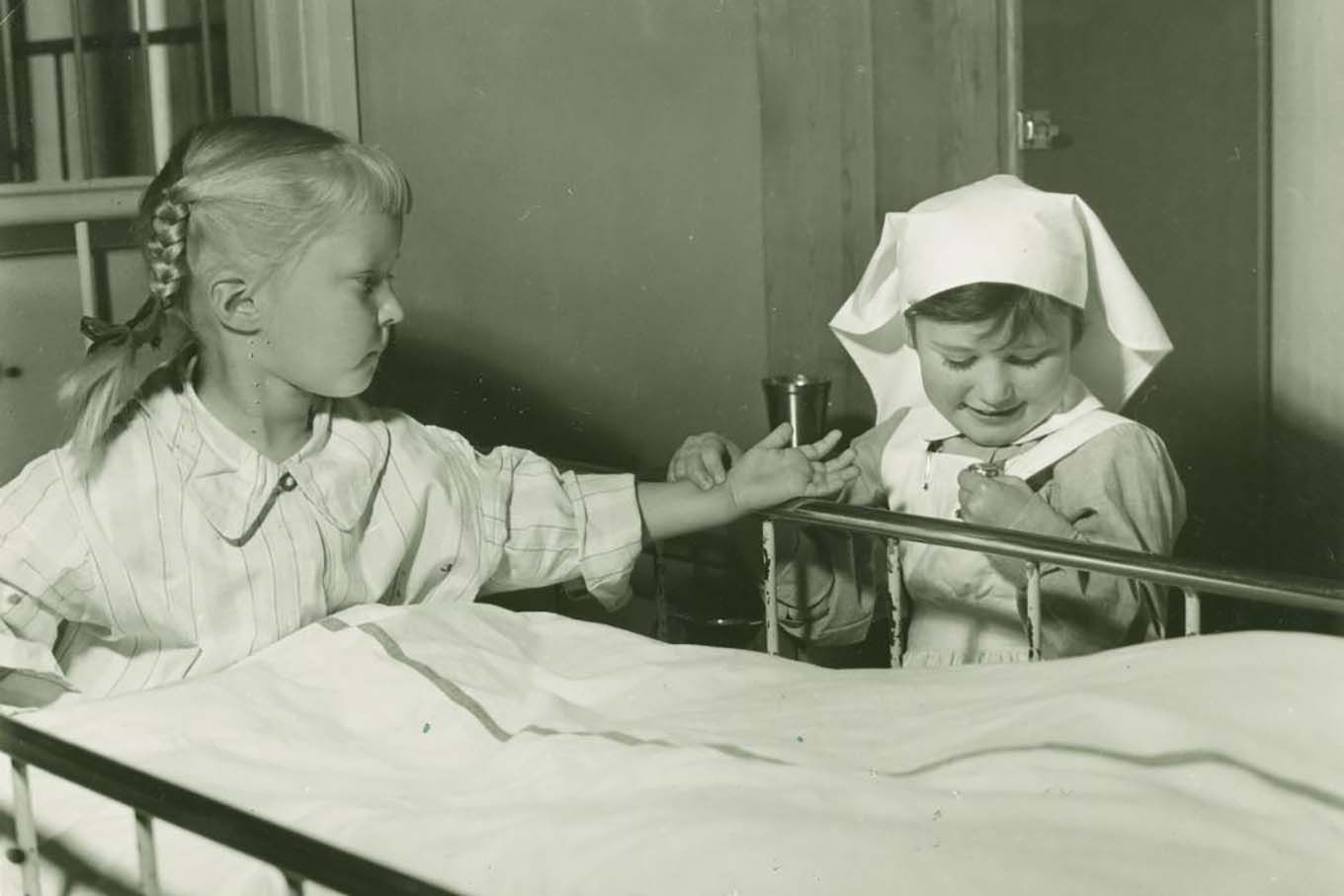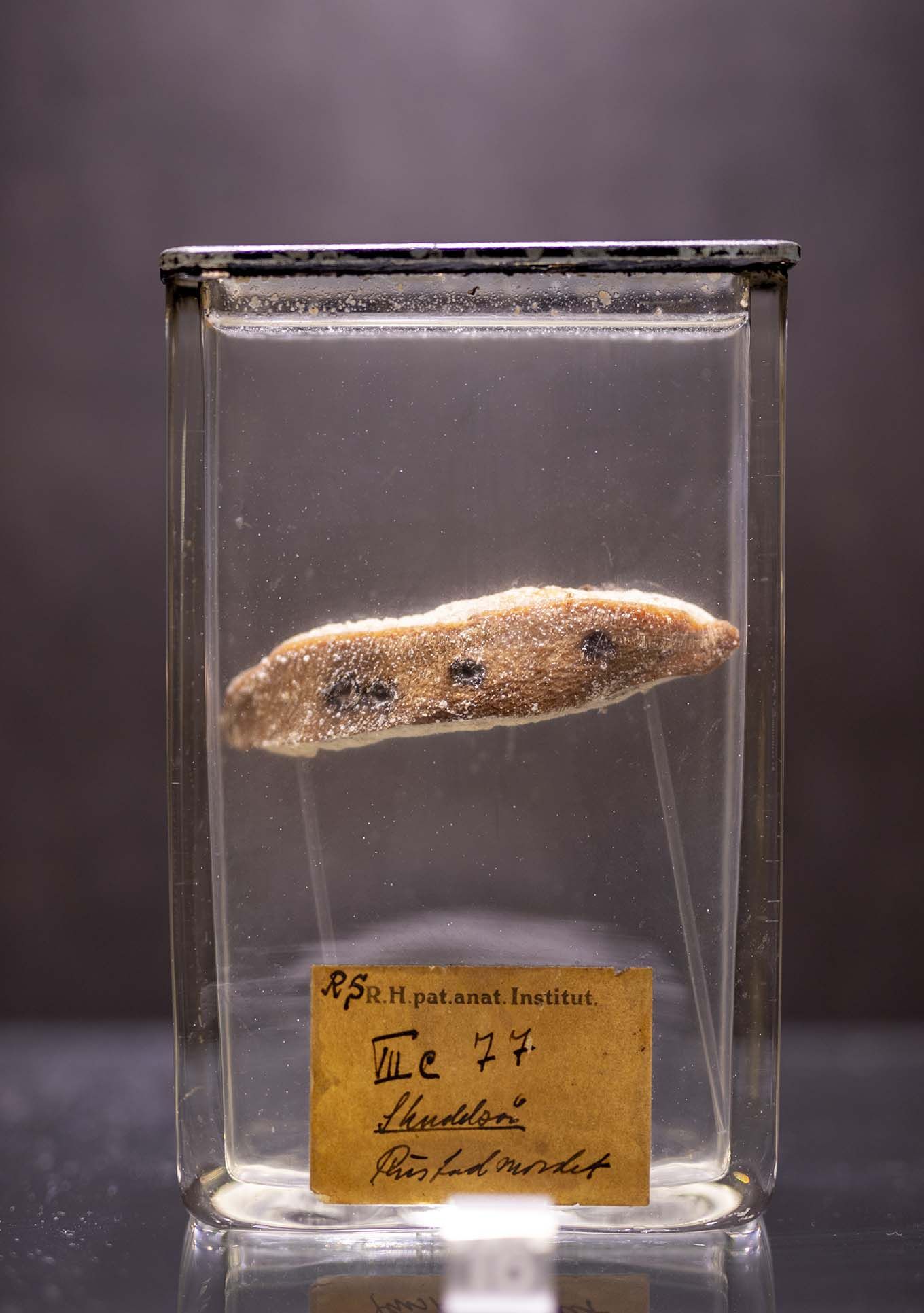People, technology and knowledge in hospitals
Get Well Soon !
In the exhibition Get Well Soon you can see an entire operating room. Photo: The Norwegian Museum of Science and Technology
Through approximately 500 objects, over 100 photographs and various audio and visual narratives, examples of procedures and practices, teaching, care and treatment from the past 150 years are shown. The exhibition contains interactive elements and is suitable for both adults and children.
Towards the end of the 19th century, hospitals became less places for the storage and care of sick people and more places where patients were cured. The rapid increase in the number of hospitals in the 20th century shows how the hospital institution has grown in size and importance. Every day, more than 2,000 people are admitted to hospital in Norway. They stay for an average of five days. In 1853, the average length of a hospital stay was 81 days.
Permanent exhibition
Get Well Soon highlights life and work in Norwegian hospitals. Stories from employees, patients and relatives show changing views of the healthy and the sick person.

Model of the National Hospital
This model, made by John and Turid Hestermann, is from the year 2000 and shows Rikshospitalet before the move to new buildings in Gaustad.
Rikshospitalet had then had an address in Pilestredet since 1883. Over the years, the hospital was built on and expanded many times. New buildings were constantly being built to make room for new departments and special tasks and more and more patients. The hospital's development is reflected in the many different architectural styles found in the building complex.

Ambulance, 1956
A Volvo PV 830 from 1956. This ambulance belonged to Fosdalens Bergverks AS in Malm in Nord-Trøndelag. Norway's first ambulance was delivered to Oslo Kommunale Lægevakt in 1914. The ambulances replaced earlier handcarts and horse-drawn carriages. In 2005, there were well over 500 ambulances in operation in Norway. These carried out close to 500,000 assignments.

Mimi and Stein
Watch an audio narration about two people, Mimi and Stein, who have spent half a century at Ullevål hospital. Mimi is a nurse, Stein is a doctor.

Year of shooting, 1934
Skin with four bullet holes from the back of the head of grocer Edvard Rustad. Rustad was mysteriously executed on a January night in 1934. The skin was cut out and placed in alcohol and preserved as documentation and evidence in the case, which was one of the most talked about murder cases of the 1930s. The matter was never resolved. This preparation is one of several in the exhibition. They all come from the Department of Pathology, Rikshospitalet / University of Oslo.

